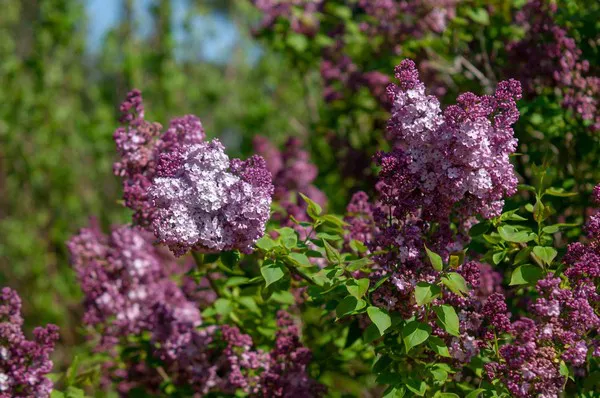Pests are a ubiquitous and often unwelcome presence in our lives, causing damage to crops, structures, and even our health. Identifying and understanding pests is essential for effective pest management and control.
Insect Pests
Insects are some of the most common pests that people encounter. They can infest our homes, gardens, and agricultural fields. Here are some examples of insect pests:
Ants: Ants can invade our homes and gardens, seeking food sources. They often form large colonies and are known for their organized behavior.
Cockroaches: Cockroaches are resilient insects that thrive in damp, dark environments. They can carry diseases and are a common household pest.
Mosquitoes: Mosquitoes are vectors for various diseases, including malaria and Zika virus. Their itchy bites are a nuisance for humans.
Fleas: Fleas infest pets and can also bite humans. They reproduce rapidly and are notoriously challenging to eradicate.
Termites: Termites can cause significant structural damage to homes and buildings, feeding on wood and cellulose materials.
Rodent Pests
Rodents are another group of common pests that can be found in both urban and rural settings. They are known for their destructive habits and ability to transmit diseases. Some examples of rodent pests include:
Rats: Rats are notorious carriers of diseases such as leptospirosis and hantavirus. They can damage property and contaminate food sources.
Mice: Mice are smaller than rats but can be equally destructive. They are known for gnawing through wires and causing electrical fires.
Squirrels: While often considered cute, squirrels can become pests when they invade attics and chew through insulation and wiring.
Gophers and Moles: These underground pests can damage lawns and gardens by creating tunnels and mounds.
Plant Pests
Gardeners and farmers frequently contend with plant pests that can harm crops and ornamental plants. Here are some examples of plant pests:
Aphids: Aphids are tiny insects that feed on plant sap, causing leaves to curl and plants to weaken.
Whiteflies: Whiteflies are small, flying insects that can transmit plant viruses and cause damage to plant leaves.
Caterpillars: Caterpillars can devour foliage, leading to defoliation of plants. Some species can be particularly destructive.
Weevils: Weevils are beetles that often infest stored grains and food products, contaminating them and rendering them inedible.
Wildlife Pests
Wildlife pests can disrupt ecosystems and cause problems for homeowners and farmers alike. Examples of wildlife pests include:
Deer: Deer can decimate crops and gardens, and their presence can lead to vehicle collisions.
Rabbits: Rabbits are known for their voracious appetites and can devastate gardens and landscapes.
Birds: Some bird species, such as pigeons and starlings, can create nuisances in urban areas and cause damage to structures.
Bats: While important for ecosystems, bats can become pests when they roost in buildings, posing health risks to humans.
Disease-Carrying Pests
Certain pests are vectors for diseases that can affect humans and animals. Examples of disease-carrying pests include:
Ticks: Ticks can transmit diseases such as Lyme disease and Rocky Mountain spotted fever to humans and animals.
Fleas: Besides being a nuisance, fleas can transmit diseases like bubonic plague and tapeworms to humans and pets.
Mosquitoes: As mentioned earlier, mosquitoes are notorious for transmitting diseases like malaria, dengue fever, and West Nile virus.
Sandflies: Sandflies can transmit diseases such as Leishmaniasis, a parasitic infection.
Aquatic Pests
Pests aren’t limited to terrestrial environments; they can also thrive in water. Aquatic pests can have detrimental effects on aquatic ecosystems and infrastructure. Examples include:
Zebra Mussels: Zebra mussels are invasive species that can clog water intake pipes and disrupt native aquatic ecosystems.
Asian Carp: Asian carp species have invaded North American waterways, outcompeting native species and posing a threat to commercial fishing.
Water Hyacinth: Water hyacinth is a rapidly spreading aquatic plant that can choke water bodies, impacting navigation and aquatic life.
Household and Storage Pests
Some pests specialize in infesting homes, stored food products, and other structures. Examples of household and storage pests include:
Bedbugs: Bedbugs are nocturnal pests that feed on human blood. They can infest bedding and furniture.
Pantry Moths: Pantry moths, also known as Indian meal moths, can infest stored food products like grains and cereals.
Silverfish: Silverfish are wingless insects that can damage paper, clothing, and stored items.
Clothes Moths: Clothes moths feed on natural fibers like wool and silk, damaging clothing and textiles.
Conclusion
Pests come in various forms and can be found in diverse environments, from our homes to agricultural fields and natural ecosystems. Recognizing the examples of pests and understanding their behaviors and life cycles is essential for effective pest management and control. Whether you are dealing with insect pests, rodent pests, plant pests, wildlife pests, disease-carrying pests, aquatic pests, or household and storage pests, proactive measures can help prevent infestations and mitigate their impact. By staying informed and implementing appropriate pest control strategies, we can protect our homes, crops, and the environment from the threats posed by pests.


